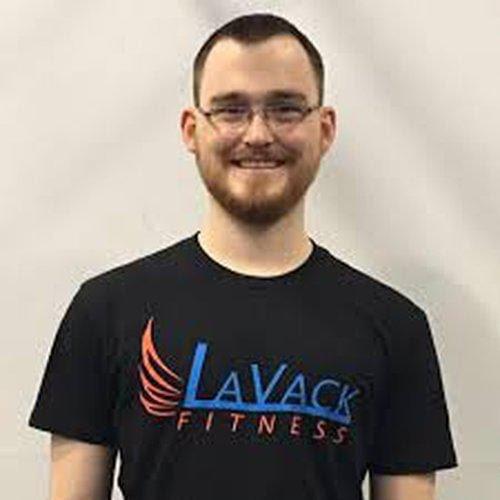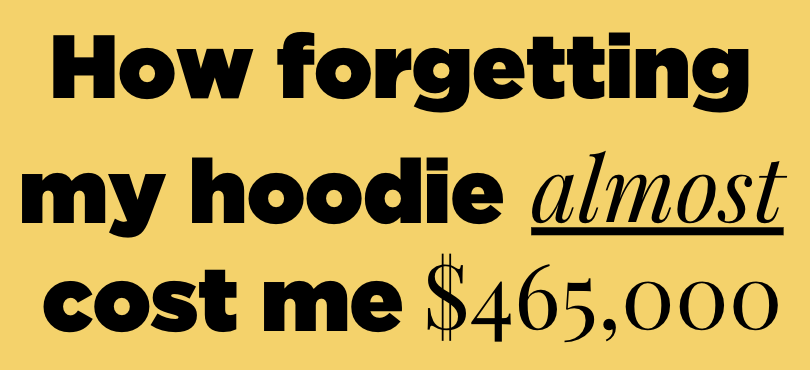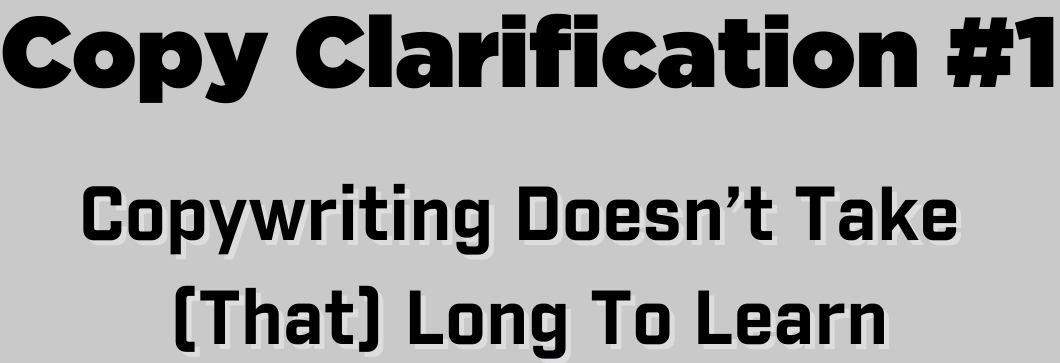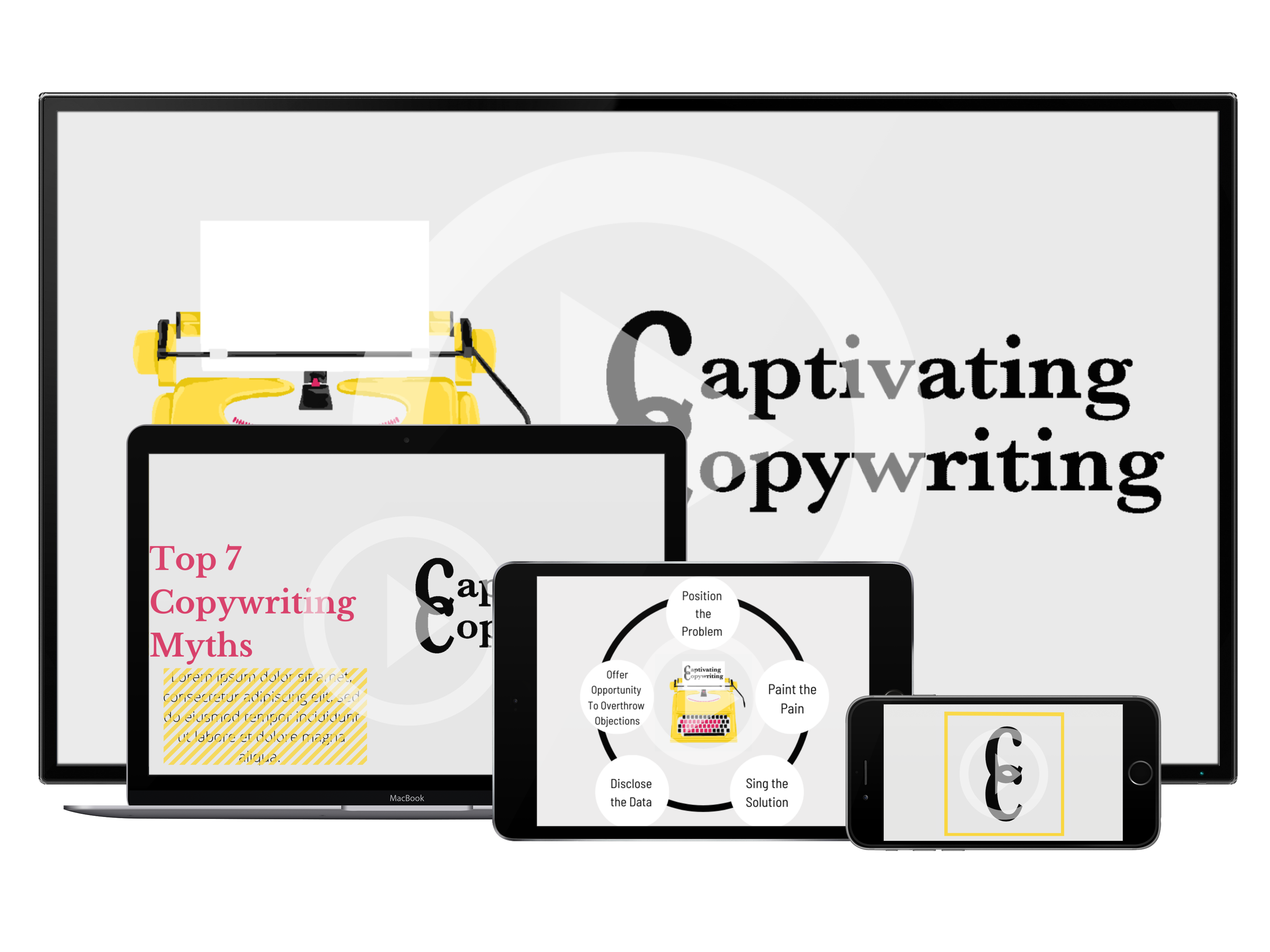We’ve established that copywriting is essential for your business.
What we haven’t touched on is the era in which we’re doing that business.
I hate to do the whole unprecedented times thing, but...yeah. The world's a full on shit-show.
Global pandemic, civil unrest, hurricanes, earthquakes, explosions.
It's all...well, a bit much.
And then just this week, I saw on Instagram that some crazy person created a pizza with a croissant crust.
Now, I’m not sure if that’s absolutely amazing or some kind of horrible abomination, but I do know I can’t stop thinking about it, and I don’t need this kind of uncertainty in my life.
Pretty sure none of us do.
By the time the world opens back up, who knows what kind of bizarre food amalgamations we’ll be subjected to?
My point is: shit is weird right now.
But, there's a silver lining, of course...
...with most people still isolating at home, those not pushing the boundaries of culinary sanity are rushing towards online businesses and programs at breakneck speed.
In other words, now is the perfect time to be in the online business world.
There are so many new people coming in who need help—with fitness, with coaching, with consulting. All of it.
And so it’s the perfect time to get your copywriting skills dialed in.
Given that, it would probably make sense if I priced Captivating Copy at the industry standard of $2500-$3500 and let supply and demand do its thing.
Except, you know...we’re in the middle of a global pandemic.
Call me old-fashioned, but it seems a tad gross to price things at the top range with all that's going on.
Because I’m not a fucking douchebag.
I am, however, an asshole.
Now, if you’re wondering what the difference between a douchebag and an asshole might be, the answer is 50%.
Here’s what I mean.
First, I made a list of all the other copywriting courses around.
Then, I went through the list of people who created those courses...and picked the one from the person I dislike the most.
From there, I looked at his pricing, and just straight up cut it in half.
Whatever he’s charging, I’m charging 50% less.
Because fuck that guy.
So I’m offering my course for less than 50% of the top-level market value because I’m petty.
Yay for you, boo for him.
That is the difference between a douchebag and an asshole.
So: that course happens to be just over $3000, which is why Captivating Copywriting is just $1997.
For just a hair under two thousand bucks, you get to enroll in the most comprehensive copy course around, and the only one focusing on personality-driven writing.
I get to bring something incredible out into the world, and feel good about helping people while also being a little petty.
BUT.
To make it even more likely you are squealing with delight and they are writhing in sweet, agonizing jealousy, I went ahead and created some awesome bonuses that I’m including absolutely free.
Take a gander:


























